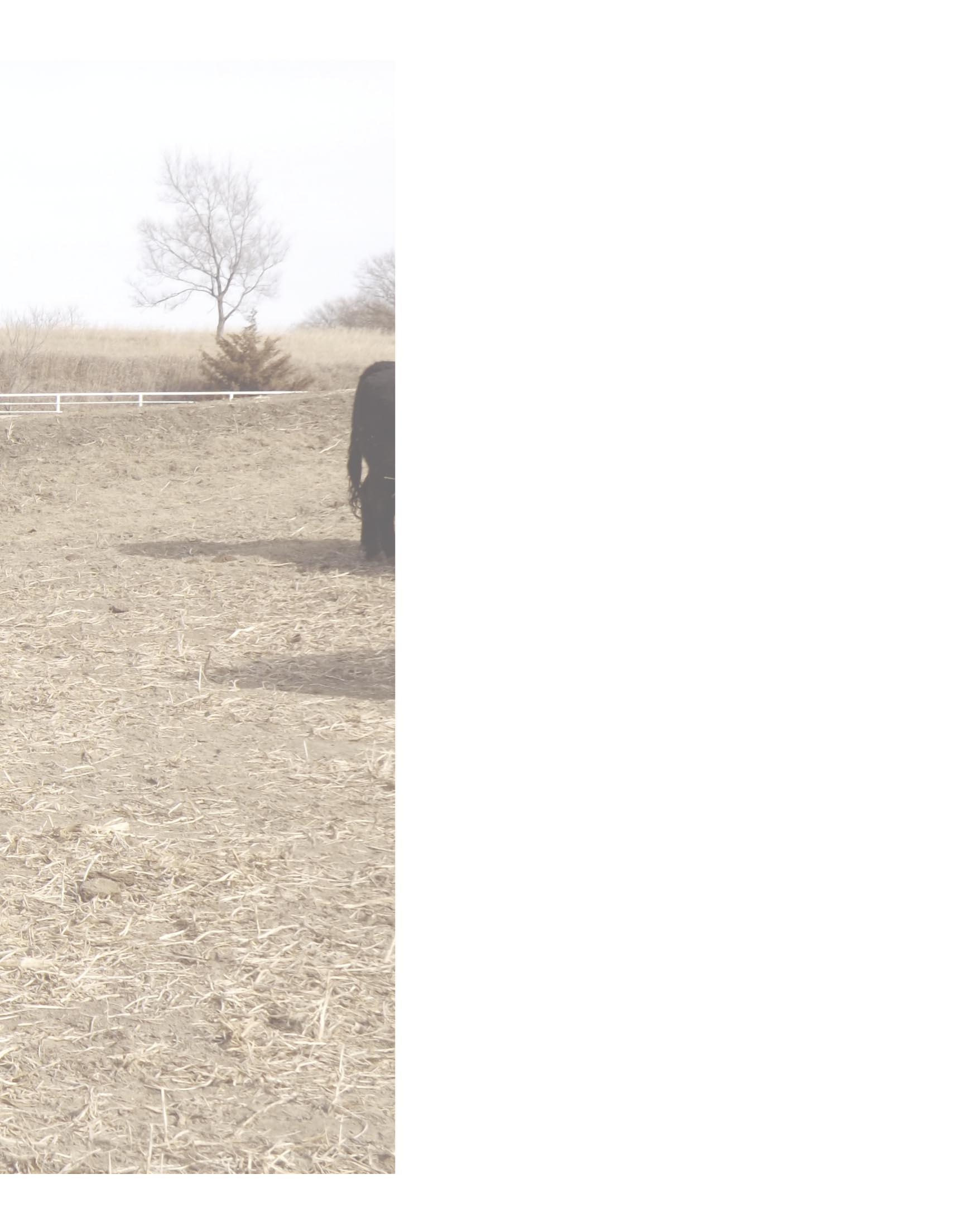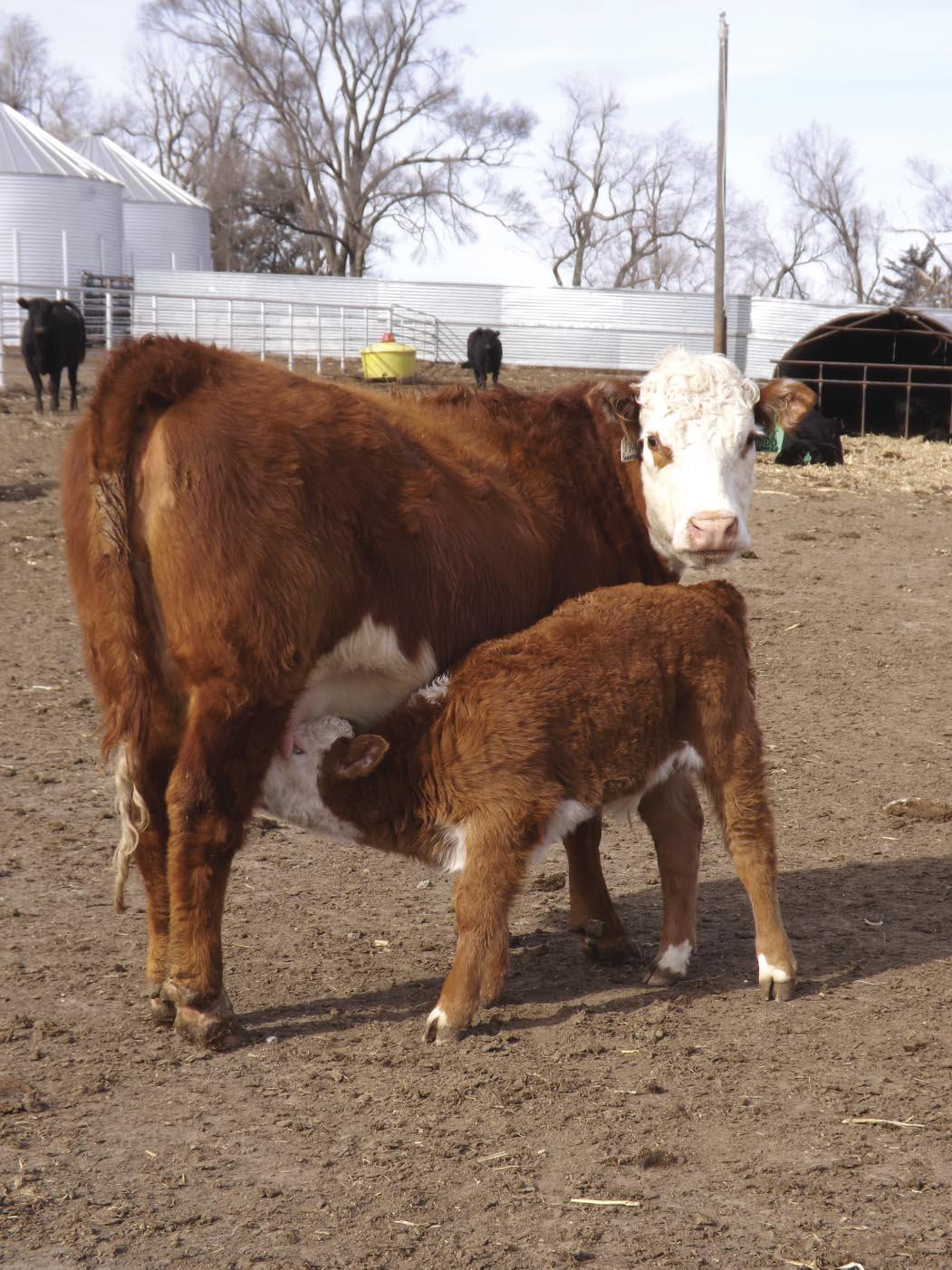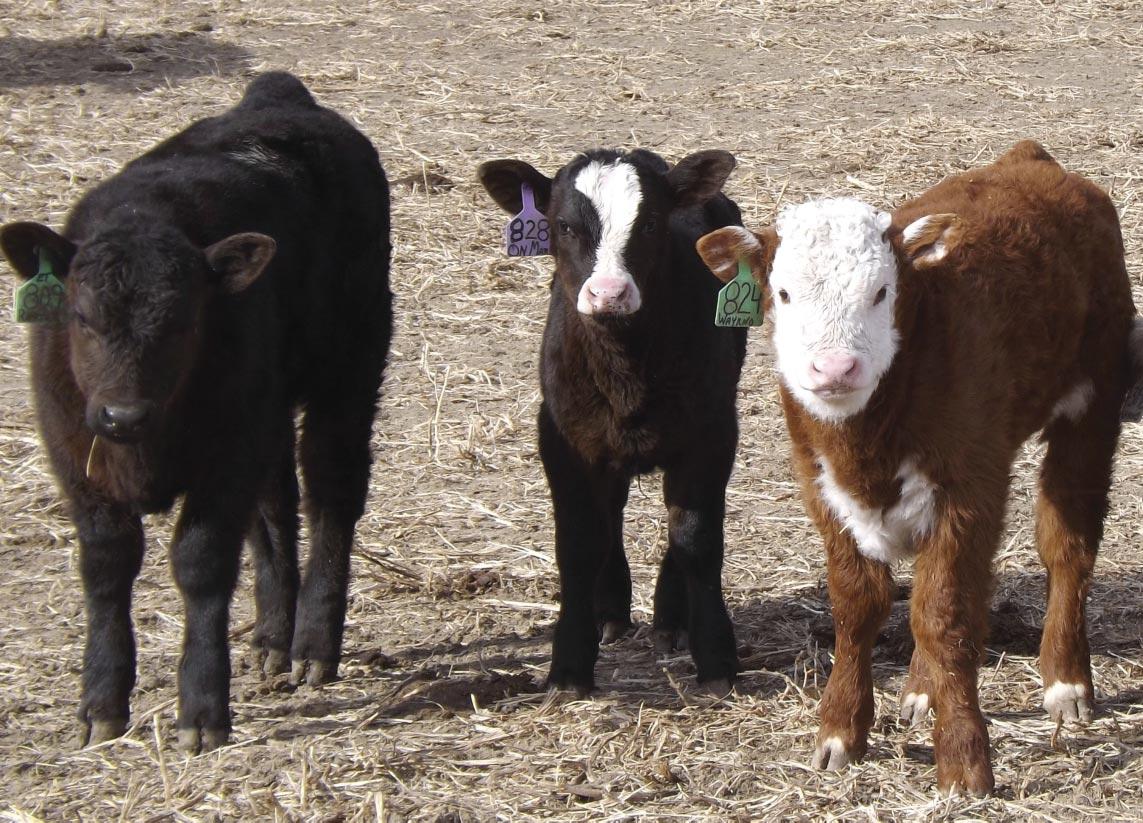
5 minute read
Successful Weaning and Preparing the Cow for Her Next Calf
By Dr. Kip Lukasiewicz, Production Animal Consultation, and Scout Josey, DVM Candidate at University of Georgia College of Veterinary Medicine
Calves are doing well and plans for weaning are in place. Cows are bred back with calving season still months away. It is the calm in the storm you have been waiting for all year. But what if decisions made on the ranch today during the “quiet” period are the most critical for success during calving season and when marketing weaned calves? The preweaning period is arguably the most important time to evaluate the status of the herd and to implement changes to reach pro duction goals in the coming months. It pays to identify and address potential issues in advance by considering some pivotal management factors.
Take a good look at the cows. They are currently experiencing one of the most energy demanding stages of production involving maintenance, lactation, and reproductive health to maintain a viable fetus. Additionally, first-calf heifers still require energy for growth. These cattle are coming out of a hard year of calving and raising offspring in adverse weather conditions, so their bodies are likely low in energy reserves.
Evaluating body condition on these cows is critical to setting them up for success in the coming calving season. Assess the outline of the animal’s spine, ribs, and hip and pin bones as well as fat coverage in the brisket, flanks, and tail head. Body condition scoring allows quantification of what you observe on a 1-9 scale, 1 being emaciated and 9 being excessively obese. Categorize animals as too thin (1-4 BCS), adequate (5-6), or overly conditioned (7-9). Cattle that are too thin have minimal energy reserves and are likely to be energy deficient near the end of gestation and at calving. Additionally, they are slower to return to reproductive cyclicity and have decreased conception rates. Cattle that are overly conditioned are more expensive to maintain and often encounter dystocia with excessive fat deposition in the pelvic canal.

Management strategies to correct thin or obese cattle must be initiated at least 90 to 100 days prior to calving to allow adequate time for weight gain or loss. The table provided lists weight change recommendations in cattle of various body condition scores. If only some animals are inadequately conditioned, sorting the herd based on body condition allows implementation of a more targeted and cost-effective nutrition program. Ensuring cattle have access to high quality forage and, if needed, supplementation is important in providing enough energy to encourage weight gain. If hay is being utilized going into late gestation, testing nutrient content during the preweaning period is advantageous should supplementation be required. Additionally, early weaning can be beneficial to decrease energy demands on under-conditioned cattle.
It is also time to plan for the success of the calf as it is weaned and sent on for further development post ranch life. How many of us today wean our calves at home? The majority of ranches today asphalt wean their calves, meaning they market their calves at a sale yard the day of separation. This is stressful on both the calf and cow, but more so on the calf. This individual is being taken from its natural setting and sent on a trip with limited guidance. Successful transitions start with preparation. Many of you may have heard Dr. Tom Noffsinger and I talk about preparing the calf for weaning the day it is born. If the above is your plan for your calves, then you need to invest in your intent (or plan), presence and position. This means that any opportunity you have to handle the herd, you need to be thinking of ways as the caregiver to make this a positive interaction. Many of the ranches I work with today have changed their intent, presence and position when tagging calves. These ranchers focus on the fact that colostrum is the main nutrient for a successful start to life. Therefore, they do not interfere with the mother and newborn during the first 24 hours of life.
When it comes to vaccination and processing events, we sort in a quiet, controlled and efficient manner and ensure that each handling event is treated in the same manner. Calves are trained for these events with a dry run through the alley and system so that the day of processing is more successful and less stressful. When it comes to the actual day of weaning, sorting should be relatively easy as the calves and cows should have been sorted at least two times prior to this day. These events are important if you are weaning in the above manner.
If you are weaning at the ranch, the best approach in terms of preparing the calf for its new life without its mother is the fence line weaning method. About 7 to 10 days prior to weaning, start feeding the cows and calves in the pen in which the calves are going to be kept. This allows the calves to get accustomed to eating the ration or feed source that they are going to be eating the day they are removed from their mom. They also get accustomed to drinking with their mother from the water source that they are going to be drinking from for the next 45 to 60 days.
On the 7th or 10th day of preparation, sort the calves in a manner similar to the way they have been sorted 2 to 3 times prior to this day. Place calves in the pen that they have been eating, drinking, and resting in, and place cows on the opposite side of the fence. We recommend having a good fence that separates the two so that no mishaps occur. After 48 to 72 hours, move the cows to a different pasture or corn stalk location. The calves should remain content. During the next 24 to 48 hours, spend time settling the calves and having a calming presence with them. Believe it or not, this may just mean standing with them in the pen for 15 to 20 minutes twice each day. The goal of this process is to limit sickness and stress while creating confidence in the cattle. In my experience, this has proven to be very successful. Calves eat the same amount of feed as they did the previous day with their mother and continually gain weight.
Digestive health is an important concern that often gets overlooked. Many producers today do not understand what loose stools or diarrhea mean in terms of cascading inflammatory processes. As we wean our calves, we need to monitor their stools and ensure that cattle have good stools that are not loose or bubbly.
Practice creating a trustworthy presence that respects calves’ need for guidance and rewards animals for appropriate movement. These practices will result in healthier, less flighty calves that are more confident in approaching places you ask them to go.

Resources
Eversole DE, Browne MF, Hall JB, Dietz RE. Body Condition Scoring Beef Cows. Virginia Cooperative Extension, Publication 400-791.
Recommendations 90 to 100 days pre-partum to achieve a BCS of 5 to 7 by calving.
Desired Condition Score At Calving Recommendations
1 5 Needs to gain in excess of 350 lb. Economics questionable.
2 5 Needs to gain 300 to 350 lb. Economics questionable.
3 5 Needs to gain 200 to 300 lb.
4 5 Needs to gain 150 to 200 lb.
5 5-7 Needs to gain weight of fetus and placenta 100 lb.
6 5-7 Needs to gain weight of fetus and assorted tissues 100 lb.
7 5-7 No weight gain needed.
8 5-7 Can probably lose 50 to 100 lb.
9 5-7 Can probably lose 100 to 200 lb.
(Modified from Beverly, 1985)
Table taken from Eversole, Browne, Hall & Dietz










